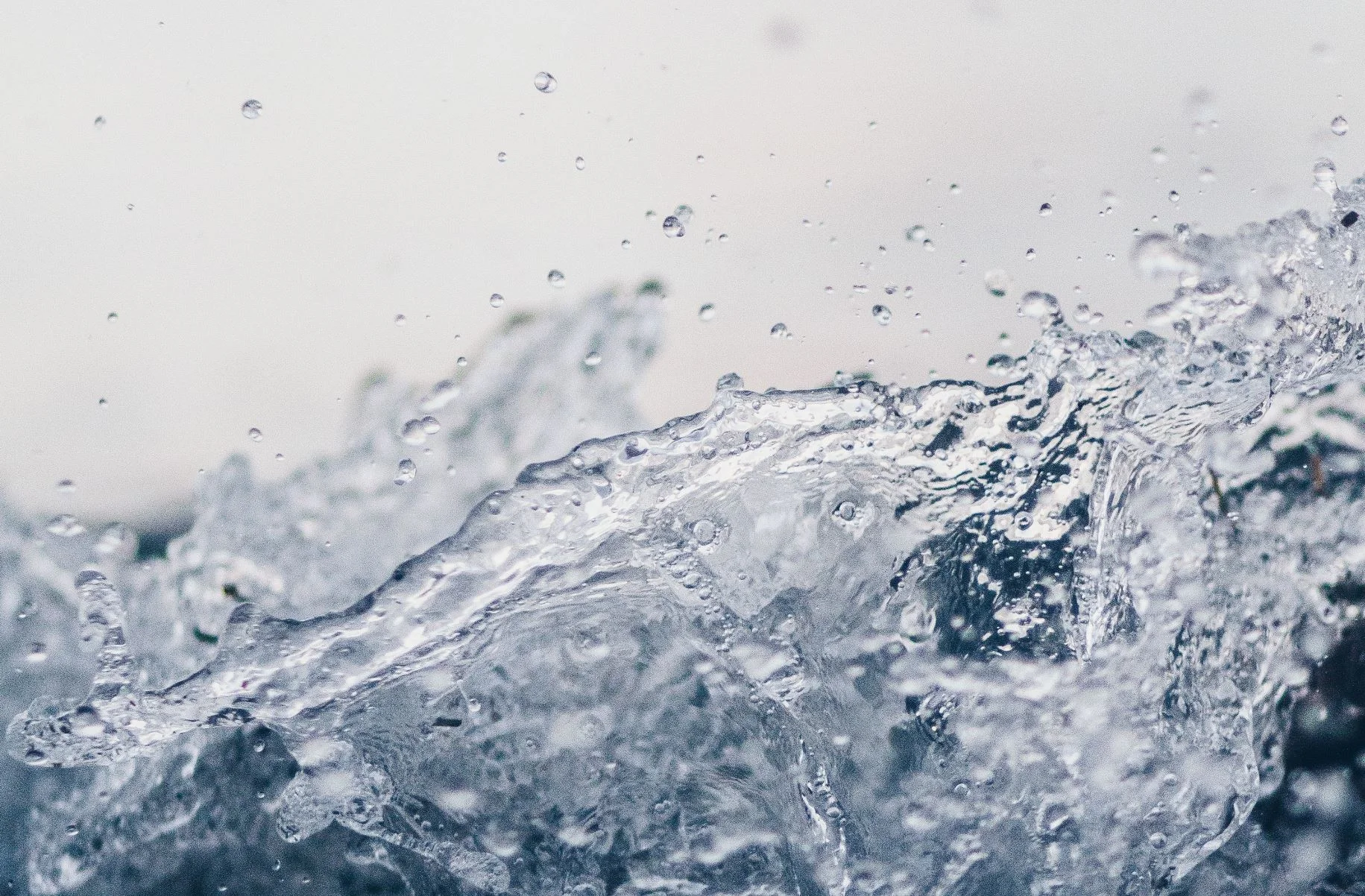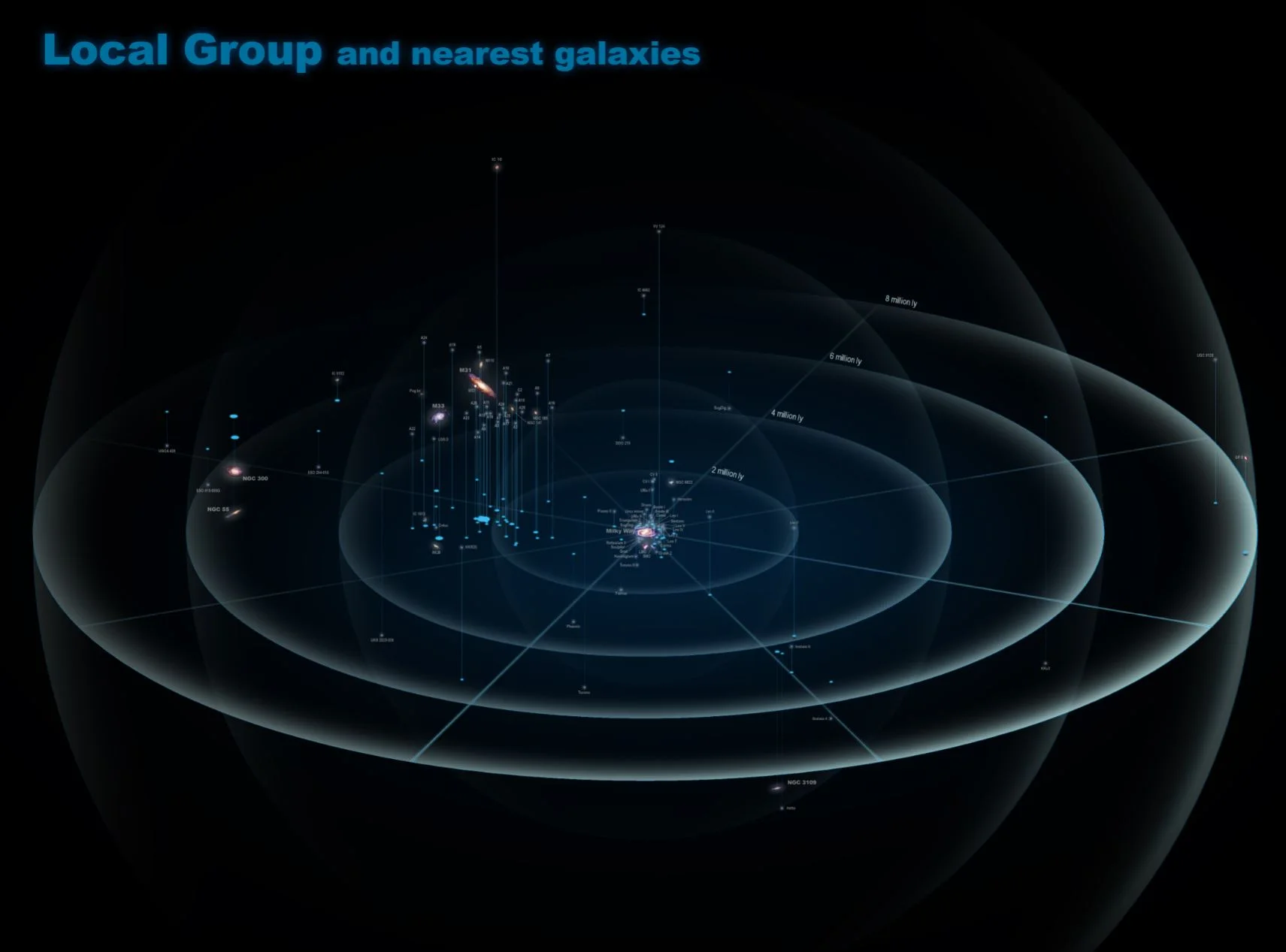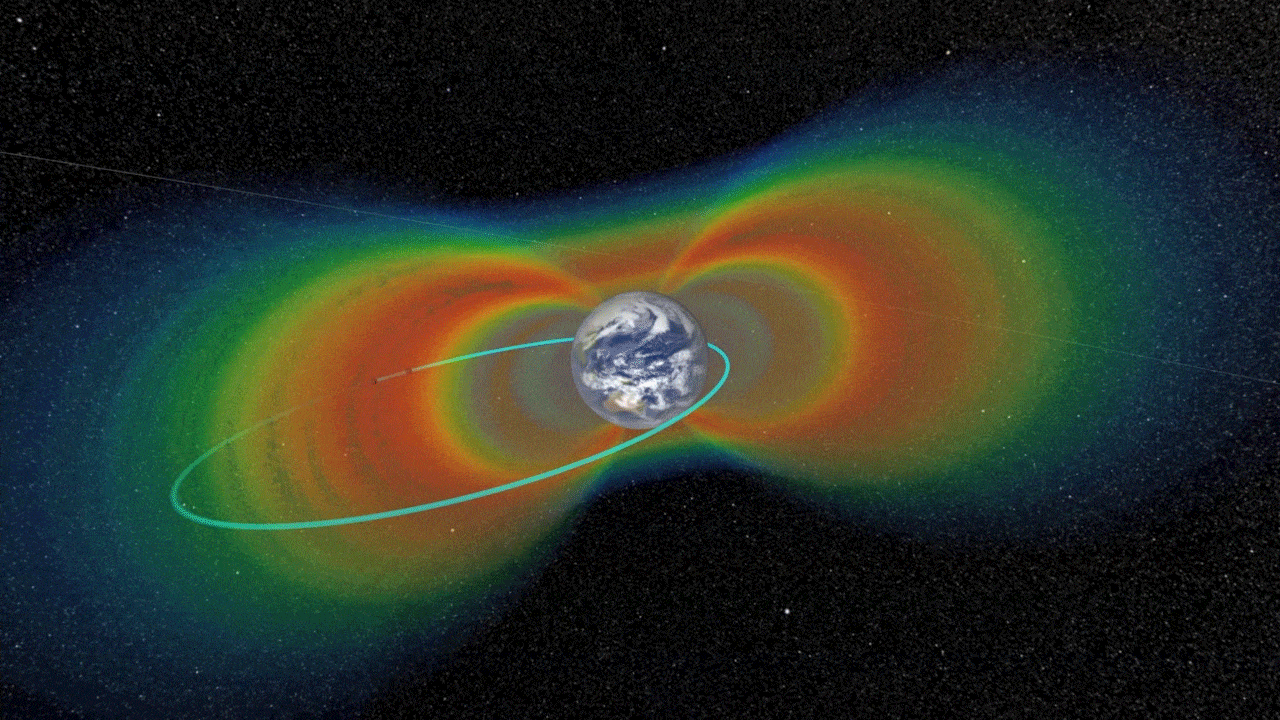It sounds like a magic trick: you put a special device in contact with air, let sunlight fall on it, and it produces free fuel. Yet this is the basic idea of researcher Mihalis Tsampas (NWO Institute DIFFER - Dutch Institute for Fundamental Energy Research) in collaboration with Toyota Motor Europe (TME).
This Star Has Been Going Nova Every Year, for Millions of Years
A nova star is like a vampire that siphons gas from its binary partner. As it does so, the gas is compressed and heated, and eventually it explodes. The remnant gas shell from that explosion expands outward and is lit up by the stars at the center of it all. Most of these novae explode about once every 10 years.
Citizen Scientist Finds Ancient White Dwarf Star Encircled by Puzzling Rings
Is it possible to change ice to water without adding heat?
British Satellite Tests its Space Junk Harpoon
Last summer, a new type of debris-hunting satellite was released from the International Space Station (ISS). It’s known as the RemoveDebris spacecraft, a technology-demonstrator developed by Surrey Satellite Technology Ltd and the Surrey Space Center. The purpose of this satellite is to test whether satellites equipped with targeting software, a debris net and a harpoon are effective at combating space debris.
There’s Evidence that Mars is Still Volcanically Active
Australia: well placed to join the Moon mining race … or is it?
Hubble Captures Smoking Gun of a Newborn Star
In this image, the NASA/ESA Hubble Space Telescope has captured the smoking gun of a newborn star, the Herbig–Haro objects numbered 7 to 11 (HH 7–11). These five objects, visible in blue in the top center of the image, lie within NGC 1333, a reflection nebula full of gas and dust found about a thousand light-years away from Earth.
Can Bees do Maths? Yes – Research Shows They Can Add and Subtract
Land Heavier Payloads on Mars. Aim for the Ground and Then Pull up at the Last Moment
In the coming decades, a number of missions are planned for Mars, which include proposals to send astronauts there for the first time. This presents numerous logistical and technical challenges, ranging from the sheer distance to the need for increased protection against radiation. At the same time, there is also the difficulty of landing on the Red Planet, or what is referred to as the “Mars Curse“.
Do blind people have better hearing?
NASA Selects New Mission to Explore Origins of Universe
Where is the Universe Hiding its Missing Mass?
Farewell, Opportunity: rover dies, but its hugely successful Mars mission is helping us design the next one
NASA’s Opportunity rover on Mars has been officially pronounced dead. Its amazingly successful mission lasted nearly 15 years, well beyond its initial three-month goal. Opportunity provided the first proof that water once existed on Mars and shaped its surface, a crucial piece of knowledge informing both current and future missions.
InSight has Placed its Heat Probe on the Martian Surface. The Next Step is to Jackhammer Down 5 Meters and Hope it Doesn’t Encounter a Large Rock
Giving keener “electric eyesight” to autonomous vehicles
NASA's Record-Setting Opportunity Rover Mission on Mars Comes to End
Thanks to Gaia, We Now Know Exactly When We’ll be Colliding with Andromeda
Astronomers have known for some time that the Milky Way and the Andromeda galaxies will collide on some future date. The best guess for that rendezvous has been about 3.75 billion years from now. But now a new study based on Data Release 2 from the ESA’s Gaia mission is bringing some clarity to this future collision.
We’ve discovered the world’s largest drum – and it’s in space
Universities in the US have long wrangled over who owns the world’s largest drum. Unsubstantiated claims to the title have included the “Purdue Big Bass Drum” and “Big Bertha”, which interestingly was named after the German World War I cannon and ended up becoming radioactive during the Manhattan Project
NASA’s Van Allen Probes Begin Final Phase of Exploration in Earth's Radiation Belts
Two tough, resilient, NASA spacecraft have been orbiting Earth for the past six and a half years, flying repeatedly through a hazardous zone of charged particles around our planet called the Van Allen radiation belts. The twin Van Allen Probes, launched in August 2012, have confirmed scientific theories and revealed new structures and processes at work in these dynamic regions. Now, they're starting a new and final phase in their exploration.













